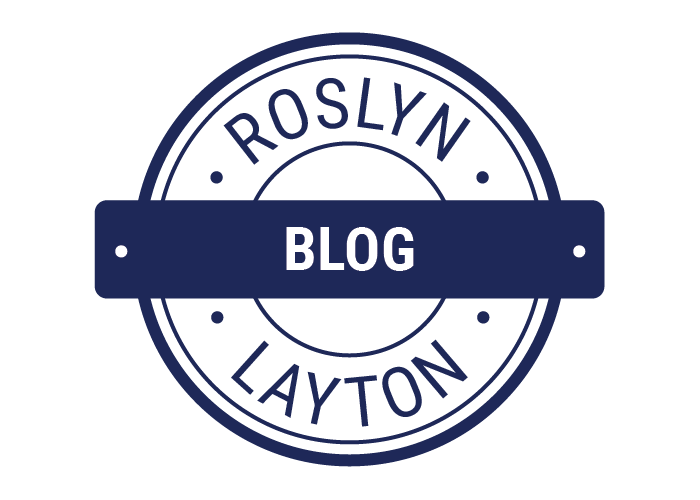10 Things Bernie Sanders (And Paul Krugman) Should Know About Denmark

Presidential Candidate Bernie Sanders’ comments that the US should be like Denmark has gathered media attention including an article by Paul Krugman. This Presidential hopeful eager to win the election describes a Danish utopia with “free” education and health care and that the US would just do it like Denmark.
As an American who has lived in Denmark for the last 5 years, worked in Danish companies, attended Danish universities, and had 2 children in the country, I’d like to shed some light. There are many things the US can learn from Denmark and appreciate about the vital political and economic cooperation between our countries that dates from 1783, as well as the fact that the US has been enriched by many Danish immigrants. But, here are 10 reality checks for the senator from Vermont and the Nobel economist about the so-called Nordic utopia.
1. Education is not “free” in Denmark
There is no doubt that a sustainable funding mechanism for college education is an important policy for any modern country, but if one pays upwards in 56% in income tax and 25% in sales tax (including a 105-180% tax on cars) to fund education and other social services, one would not call it “free”. The downside of the Danish model is that many university students take it for granted and take an additional year to complete their studies.
Americans who pay outright for their education and compete fiercely to be accepted into school tend to have higher expectations of the universities and teachers. It’s not unsurprising that the US has most of the world’s top universities, and even Denmark’s best universities don’t figure significantly in global rankings. In any event, the decline in fiscal revenues means that Danish universities are under financial pressure, so they are starting to look at American models that involve philanthropy and corporate partnership for sustainability going forward.
2. Healthcare is not a ”right” in Denmark
What Americans consider health care is not exactly offered in Denmark. Too many Americans see the health care system as a backstop for lifestyles driven by chronic disease rather than taking primary responsibility for one’s health through proper diet, exercise, and balanced living. Obesity is less pronounced in Denmark because people eat better, take bicycles, and so on. The Danish health care model is weighted toward preventative and catastrophic care, not the daily maintenance of preventable diseases. There is no blank check for prescriptions; Danes pay for them out of pocket, along with dentistry and physical therapy.
The Danish model enjoys scale economies from centralization, low overhead, and lack of malpractice insurance and litigation, but the universe of health care products and services is limited. Moreover, where physicians are not essential, other health care professionals perform procedures. Childbirth in Denmark, overseen by midwives , costs about one-fifth that of the US. Having no complications, I left the hospital a few hours after my son’s birth, and a midwife came to my home the next day.
3. Family leave policies are doable because they scale with salaries and businesses are not overburdened with health care premiums
The 12 month Danish family leave benefit is funded by a tax on all employees, regardless of gender. This is a logical way to fund a standardized family leave policy. In general Danish businesses support it as they are not unduly burdened by other payroll taxes such as health care premiums. Additionally Danish businesses enjoy a lower corporate tax rate than American companies as well as rebates on sales tax.
4. The Danish welfare model works in part because of high level of transparency in government
Denmark was the world’s most transparent, least corrupt country in 2014 and has been ranked highly for years. Among other rules and norms, a transparency initiative adopted in 2009 requires political representatives to disclose their monthly spending, activities in entertainment, travel expenses, received gifts, official representations, and prospective official activities. This is an effective way for citizens to keep an eye on their leaders. Such sunlight would be a boon to American governance. The situation in which special interest groups can lobby the FCC and their communications cannot be accessed even with the Freedom of Information Act would be an area where the US could improve transparency.
5. The Danish welfare model works in part because of high level of digitization in government
Delivery of social services is enabled by digitization. A single system for all taxes and benefits is organized under a person’s social security number and is tested to eliminate fraud. This streamlined model actually reduces the need for government workers, and Denmark employs fewer in the government to deliver the same services on account of the digitization. While many candidates see their policies as a way to hire more government workers, this is not the case in Denmark. The number of government employees, while high, is continually reduced, including a new rule in which all communications with government need to be done electronically, eliminating telephone receptionists at municipal offices. Additionally airport security and emergency response services, traditional areas of government employment, are delivered by private companies in Denmark.
Originally published in Forbes.